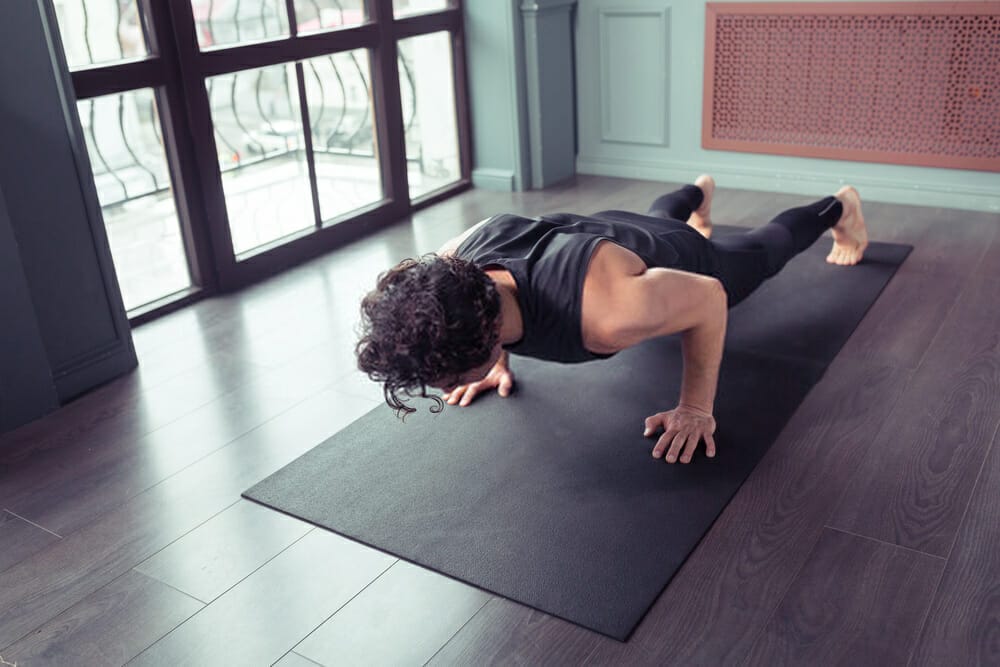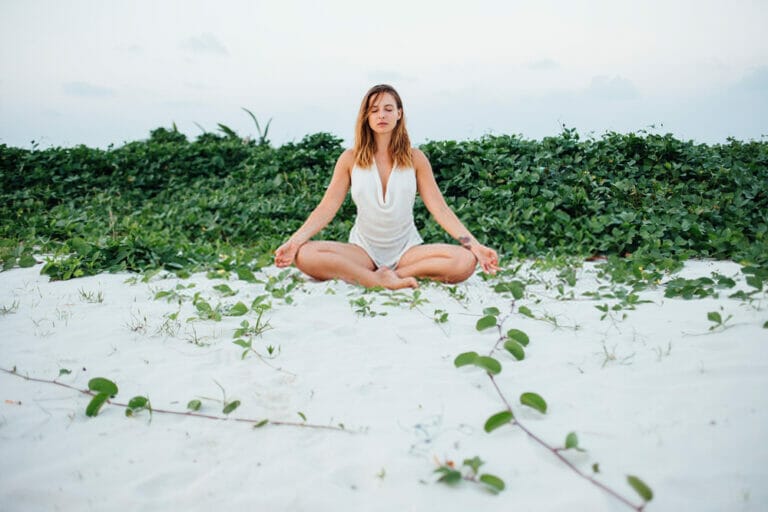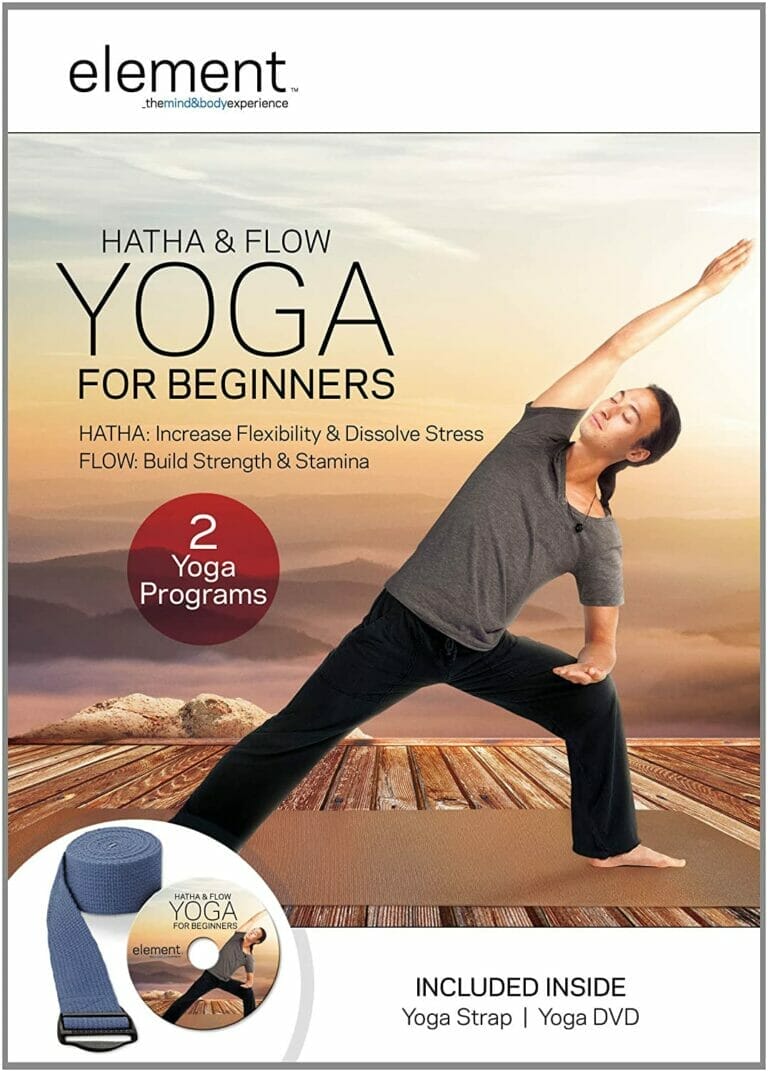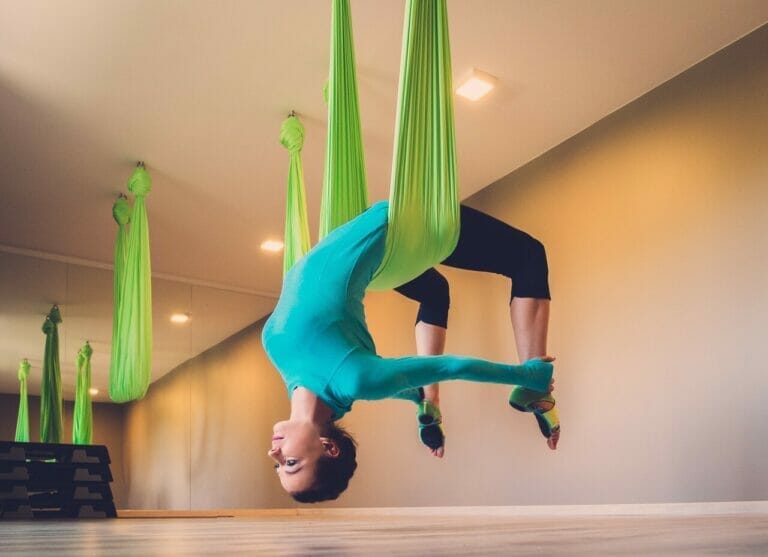How To Build Strength For Chaturanga?
Chaturanga is a basic asana used in yoga classes as a warm-up and a cooling-down pose.
It strengthens the legs and thighs, especially in the lower back area. In addition, it is a beneficial asana, as it helps stretch and lengthen the spine and improves the flexibility of the hip joints.
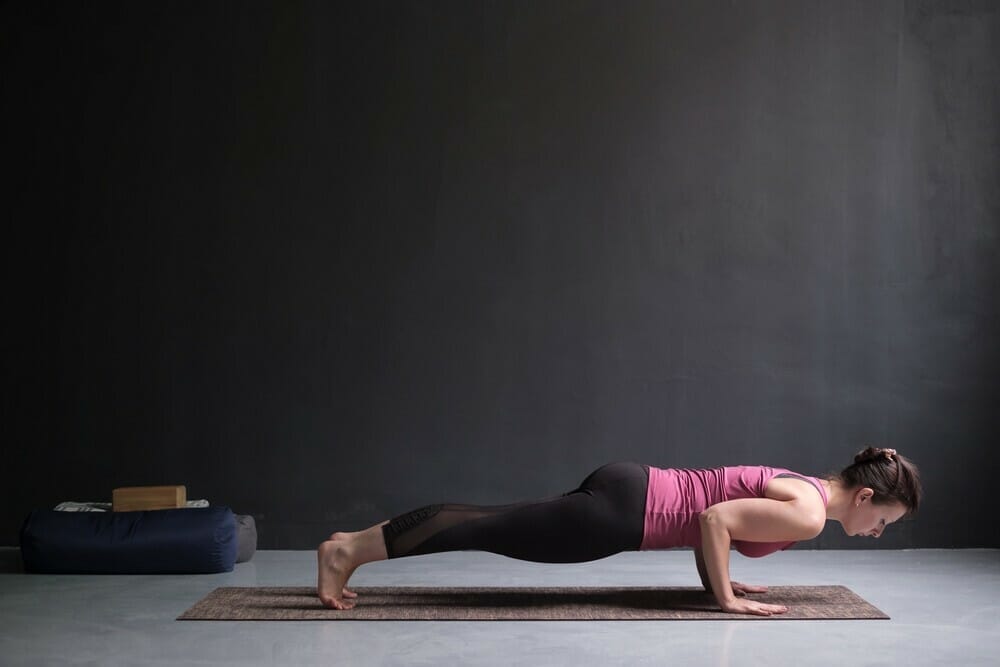
If you're a beginner or intermediate practitioner of chaturanga dandasana, then you might want to know how to build core and upper-body strength for this pose. In this article, we'll talk about making the current strength level for chaturanga dandasana.
A Few Things to Know Beforehand
Mindset matters
To perform chaturanga with the proper breathing technique and the correct alignment, it is essential that you have a well-defined mental picture of your body in this pose.
How do you know when you are aligned correctly? Is it because of what your teacher says, or because you can feel it in your own experience?
It’s all about where your intention is regarding complete ease in your body. If there are any internal kinks, then the poses will reflect that.
Yoga is about stacking joints for
The ceiling of your inversion should be the floor of your inversion. The most difficult poses are the ones that involve the most significant amount of balancing and rotational force, rather than forward or backward movement.
Once you can easily hold a basic posture that you can perform for minutes at a time, then it's time to advance to more challenging poses that involve more balance, such as shoulder stand and handstand poses.
The more you ignite your muscles (tighten/tense), the lighter you are
In yoga, the tissue that is used to support the most weight has the most significant degree of muscle activation. It is because it has the most considerable amount of available nervous energy.
When performing a pose correctly, you are using this energy to complete the posture as quickly and efficiently as possible.
You should not feel your muscles trying to resist or tense up in a pose. It could indicate that you are not moving your body correctly, which would produce muscle tension or pain.
Building Up to the Pose
To build up tremendous strength for chaturanga dandasana, you’ll need to practice
the following challenging yoga pose:
Sphinx Lifts
You’ll be building your shoulder strength and endurance, chest strength and stability, core strength, rotator cuff muscles, and arm strength, as well as hip flexion.
Perform the sphinx lifts for about 30 seconds each to build tremendous strength for chaturanga dandasana.
To perform the sphinx lifts, you will start in a table pose position on your forearms. Next, you’ll lift your chest upwards while lifting one leg off the ground.
Finally, try to lift the entire forehead off the floor to engage your core strength.
Handstand Lifts
Handstand lifts are a more advanced asana that you can perform while building chaturanga dandasana. You’ll need a wall and a solid core base to lift your body to accomplish these lifts.

Start with your hands and feet on the floor, facing the wall in front of you. Next, you'll walk your feet closer towards the wall until your upper back is against it.
Next, you’ll lift one leg into the air, bend both knees and bring them towards each other until they can touch or almost touch each other. You’ll then lift your chest into the air and hold for a few seconds.
Half Handstand Lifts
Half-handstand lifts are another advanced asana that you can perform while building strength for chaturanga dandasana.
First, you'll start with your hands and feet on the ground, facing the wall in front of you. You'll walk your hands closer towards the wall until your upper back is against it.
You’ll lift one leg into the air, bend both knees and bring them towards each other until they can touch or almost touch each other. You’ll then lift your chest into the air and hold for a few seconds.
Mountain Non-Climbers
Mountain climbers are a great way to build strength for chaturanga dandasana. First, you’ll start in a tabletop position on your hands and knees. You’ll lift one leg off the floor and extend it behind your back.
You'll then bend your knee and raise it as high as you can, making sure that your torso is straight from shoulder to shoulder.
Perform this exercise for about 30 seconds each until you start to feel more robust in the shoulders, back and chest.
Some Specific Things to Think About When Setting Up
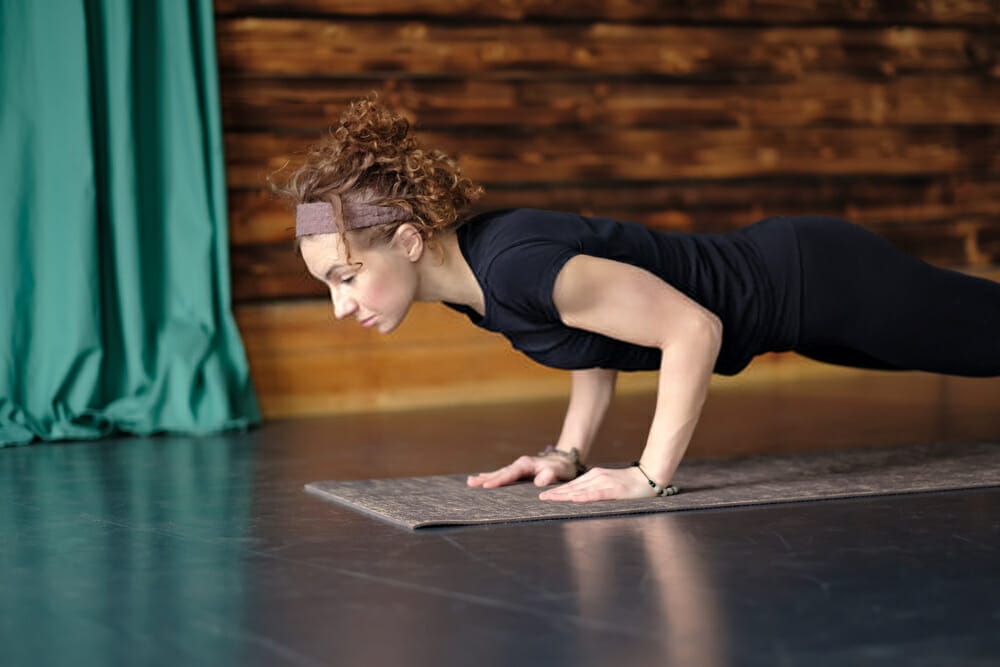
Knees Down:
Lower your knees down to the floor first, rather than lowering your chest down. It will help you better understand where your arms need to be regarding supporting your body weight.
Lean Forward:
To get your chest down further, you’ll need to lean forward slightly, and it will also help keep your arms in a straight line with the rest of your torso so that you are not bending at the elbow. It will also help you to avoid hyperextending your neck. Keep
Stac:
When you have your feet and legs set up in chaturanga dandasana, you will have your hands in line with your shoulders. It is called a “stac” position. Your hands should be slightly further forward than your knees.
If they are further forward, your arms will be more stretched out and stretched back between the kneecaps, allowing for more space to balance over the front of the thighs.
Squeeze:
You will want to squeeze your thighs in towards your chest and hold that tightness while you begin to lower yourself down. Your heels should be flush with each other.
It will help you keep the same amount of pressure in your upper and lower body, preventing you from collapsing over one side or the other. This position also allows for better alignment with the core and legs.
Core:
You’ll need to keep your core engaged to prevent yourself from leaning too far forward as you attempt to lower yourself down.
It can be done by rotating the pelvis forward before lowering or by maintaining the engagement of the lower back muscles. Whichever method you choose, it is essential not to let your head lean forward too quickly.
Line it Up:
If you are not lining up your arms with your shoulders, it is because you are bending at the elbow. If this happens, try to keep your hands in the stac position and bend at the elbows only after lowering yourself down. It will help to keep your body aligned while lowering.
Conclusion:
Chaturanga dandasana is an advanced asana that will require a lot of your upper body strength and core endurance. Like most asanas, they can be strengthened through weights and handstand pushups.
However, you'll find that once you become strong enough, chaturanga dandasana is one of the most accessible asanas because it can be done in a chair or on the floor throughout your home without having to worry about any equipment or furniture.

